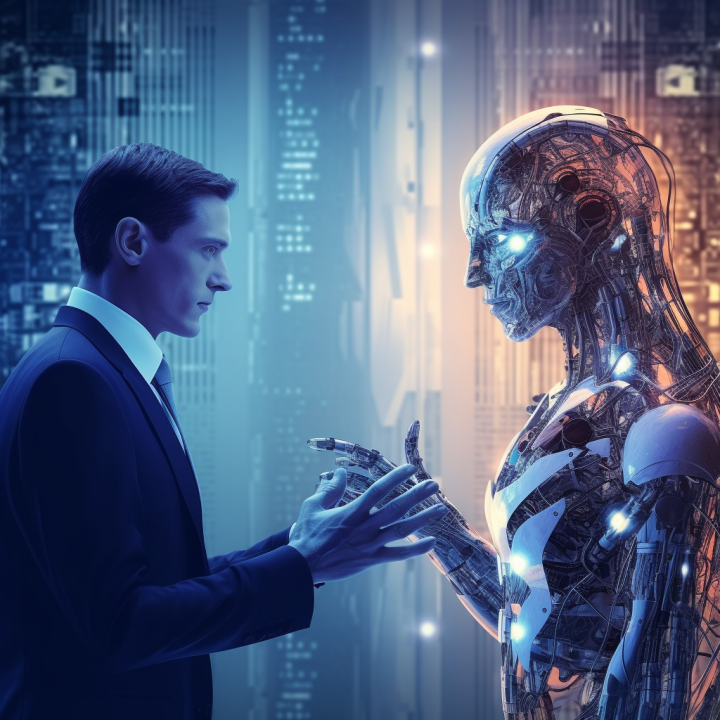padrirestaurant.net – In an era where automation and artificial intelligence are reshaping the industrial landscape, the role of human workers in high-tech factories is undergoing a profound transformation. As robots and sophisticated machinery take over repetitive and dangerous tasks, the question arises: What place does the human touch have in these ultra-modern production environments? This article explores the enduring importance of human workers in high-tech factories and how the blend of human intuition, creativity, and adaptability with cutting-edge technology is paving the way for a more efficient and innovative future.
The Evolution of the Factory Floor
The industrial revolution introduced machines to the factory floor, and since then, technology has continuously advanced to make production processes faster, more precise, and less labor-intensive. Today, high-tech factories are equipped with robots that can assemble products with incredible speed and accuracy, AI systems that can predict maintenance needs, and IoT devices that monitor every aspect of the production process. Despite these advancements, the human element remains indispensable.
The Role of Human Workers in High-Tech Factories
- Creativity and Innovation: While machines can execute tasks based on pre-programmed instructions, they lack the creativity to innovate or deviate from their set paths. Human workers bring fresh ideas, solve complex problems in novel ways, and drive continuous improvement in manufacturing processes.
- Adaptability and Flexibility: High-tech factories often need to adapt to changing market demands, requiring swift changes in production lines. Humans can quickly learn new tasks and adjust to new situations, a flexibility that is difficult to replicate with current technology.
- Quality Control: Although machines can perform tasks with high precision, they may not always detect subtle defects or nuances in product quality. Human workers, with their sensory perception and attention to detail, play a crucial role in ensuring that products meet the highest quality standards.
- Maintenance and Troubleshooting: While AI can predict maintenance needs, humans are still needed to perform repairs and troubleshoot complex issues. The ability to understand the interplay of various systems and components is a skill that requires human intuition and experience.
- Safety and Ethical Considerations: Human workers are essential in ensuring that safety protocols are followed and that ethical standards are upheld. They can make judgments on the fly and take action to prevent accidents or address ethical concerns that machines are not equipped to handle.
The Symbiosis of Humans and Technology
The future of high-tech factories lies in the symbiosis of human workers and advanced technology. This collaboration is often referred to as “cobotics,” where humans and robots work side by side. Cobots are designed to assist human workers, taking over the heavy lifting, repetitive tasks, and dangerous operations, while humans focus on tasks that require creativity, decision-making, and complex problem-solving.
Moreover, the integration of augmented reality (AR) and virtual reality (VR) technologies is providing human workers with new tools to enhance their skills and efficiency. AR can overlay instructions and real-time data onto a worker’s field of vision, while VR can offer immersive training experiences that prepare workers for complex tasks without the risk of injury or equipment damage.
The Human Touch in a Changing Economy
As high-tech factories continue to evolve, the nature of work for human employees is also changing. There is a growing need for workers with technical skills who can program, maintain, and work alongside advanced machinery. This shift necessitates a reevaluation of educational and training programs to prepare the workforce for the jobs of the future.
Furthermore, the human touch extends beyond the factory floor. It is also crucial in areas such as customer service, product design, and strategic decision-making. Companies that maintain a balance between technology and human expertise are better positioned to create products that resonate with consumers and to navigate the complexities of the modern marketplace.
Conclusion
The human touch in high-tech factories is not a relic of the past but a vital component of the future. As technology continues to advance, the role of human workers will evolve, but their value will endure. The blend of human creativity, adaptability, and ethical judgment with the precision and efficiency of technology will drive the next wave of industrial innovation. High-tech factories that embrace this symbiosis will not only be more productive but also more capable of delivering the quality and innovation that consumers demand.
